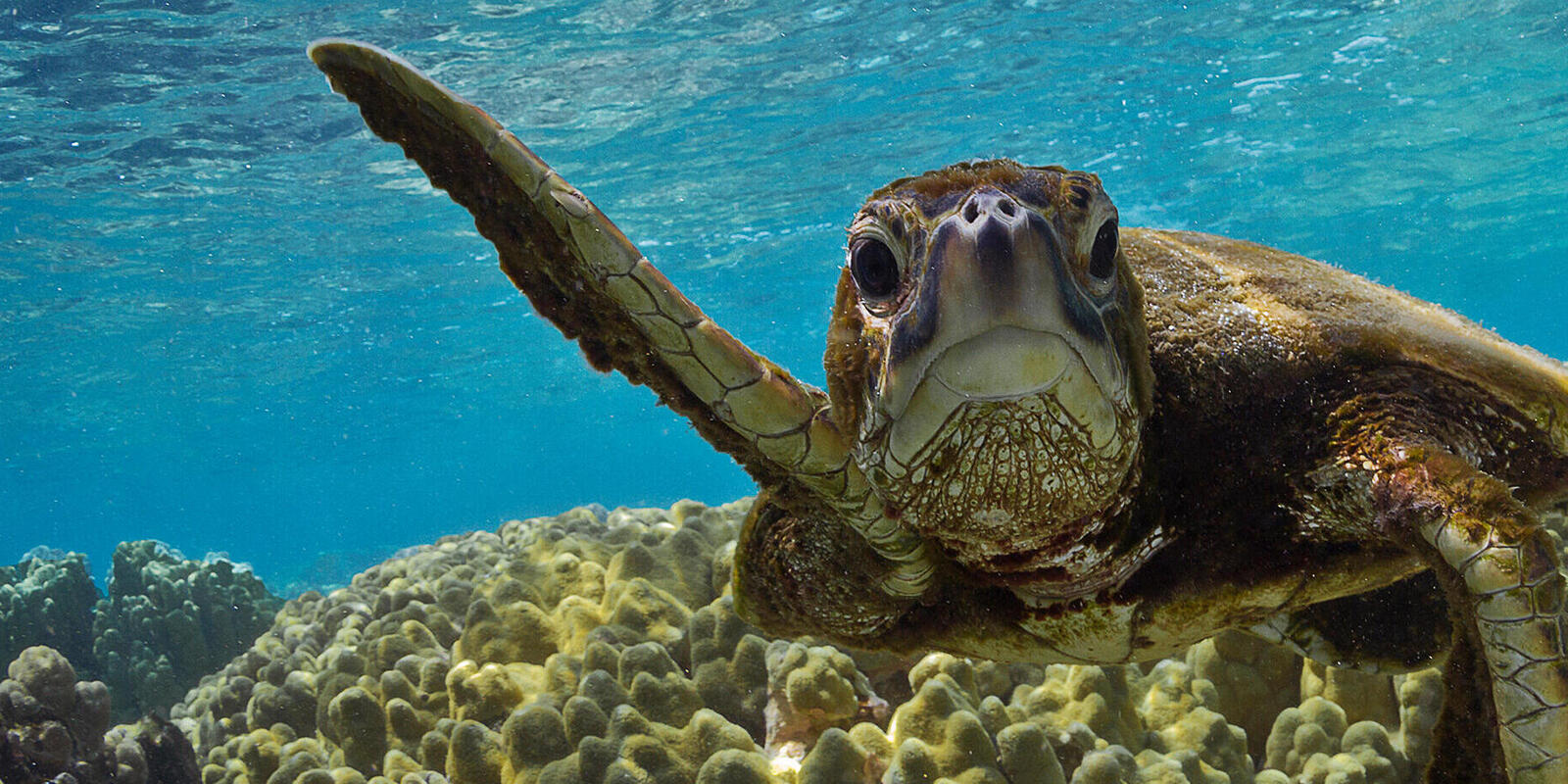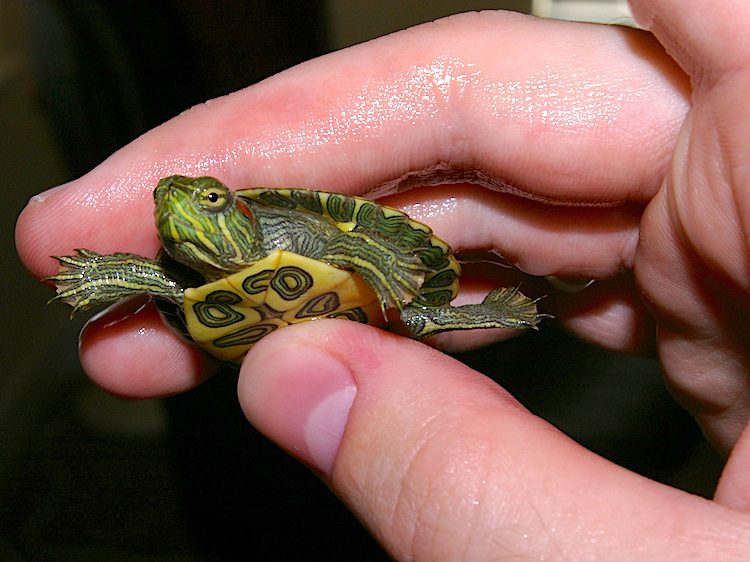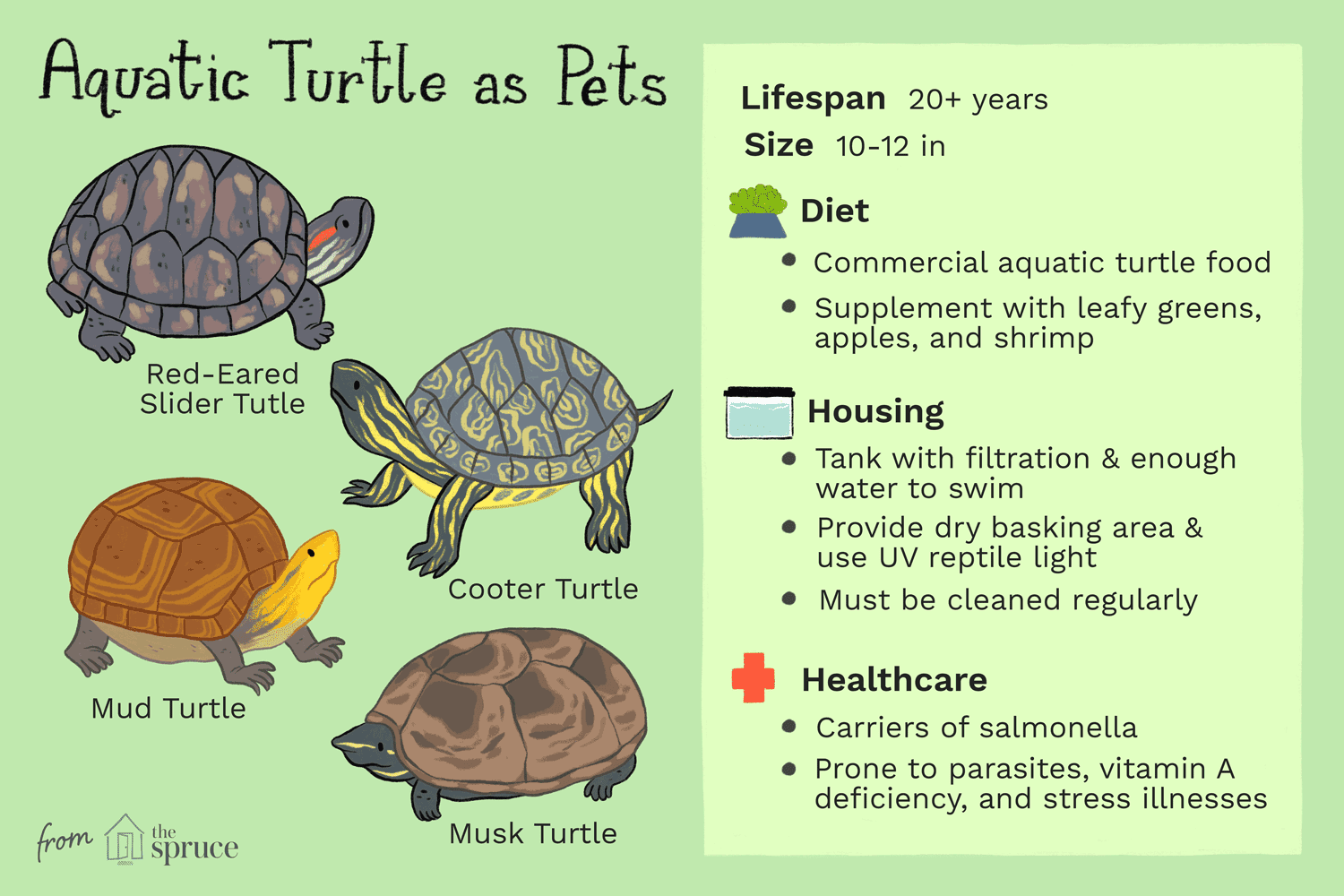Water turtles, also known as aquatic turtles, are fascinating creatures that can make unique and rewarding pets. If you are considering getting a water turtle, one of the questions you may have is, “How big do water turtles get?” In this article, we will explore the growth potential of water turtles and discuss the factors that influence their size.
The Different Species
There are various species of water turtles, each with its own average size. It’s important to know the specific species you are interested in, as the size can vary significantly between them. Let’s take a look at some popular water turtle species:
| Turtle Species | Average Size |
|---|---|
| Red-Eared Slider | 8 – 12 inches |
| Painted Turtle | 4 – 10 inches |
| Musk Turtle | 3 – 5 inches |
| Snapping Turtle | 8 – 20 inches |
These measurements are general averages, and individual turtles may vary slightly.
Factors Affecting Size
Several factors influence the size of water turtles, including genetics, diet, habitat, and overall health. Let’s delve into these factors:
1. Genetics
Genetics play a significant role in determining the size of water turtles. Some turtles may have genes that predispose them to grow larger or smaller than others of the same species. It’s essential to choose a reputable breeder or adopt a turtle from a reliable source to ensure you have a healthy and genetically diverse turtle.
2. Diet
The diet of water turtles is crucial for their growth and overall well-being. A well-balanced diet should include a variety of foods, such as aquatic plants, commercial turtle pellets, insects, and occasional meat. Providing your turtle with a nutritious diet rich in calcium and vitamin D3 will help support healthy bone and shell development.
3. Habitat
The size of a turtle’s habitat can impact its growth. Turtles housed in larger enclosures with ample swimming space tend to develop stronger muscles and bones. Additionally, a spacious habitat allows turtles to engage in natural behaviors, such as swimming and basking, which contribute to their overall health and size.
4. Health
A turtle’s overall health directly affects its growth potential. Regular veterinary check-ups, proper water temperature, and cleanliness are crucial for maintaining a healthy turtle. Parasites and illnesses can hamper a turtle’s growth, so it’s necessary to monitor their well-being closely.

Credit: www.worldwildlife.org

Credit: www.petful.com
What to Expect as They Grow
Water turtles grow relatively quickly during their first few years of life. The growth rate tends to slow as they age, and eventually, they reach their adult size. The exact growth timeline can vary depending on the species, but on average, it takes several years for water turtles to reach their full size.
It’s worth noting that the size mentioned earlier refers to the shell length of the turtle, excluding the head and tail. The head and tail can add an additional 2 to 5 inches to their overall length.
Turtle Care Tips
If you are planning to keep a water turtle as a pet, here are some helpful tips:
- Provide a spacious and well-maintained habitat.
- Offer a varied and nutritious diet.
- Monitor the water temperature and maintain optimal conditions.
- Regularly clean the enclosure to prevent the buildup of harmful bacteria.
- Ensure access to both swimming and basking areas.
- Monitor your turtle’s health and seek veterinary care if needed.
Conclusion
Water turtles come in various species, each with its own average size range. Factors such as genetics, diet, habitat, and health all contribute to the size of a water turtle. By providing an optimal environment and proper care, you can help your water turtle reach its full potential in terms of growth and overall well-being. Remember to do your research and consult with experts to ensure that you can meet the specific needs of the species you choose.





Leave a Reply